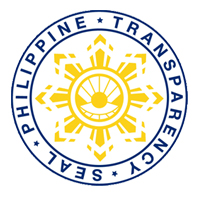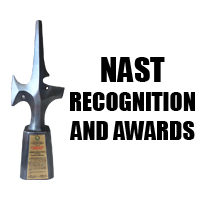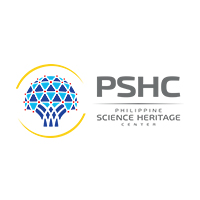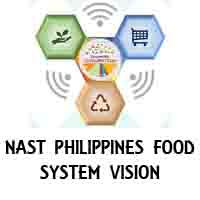NAST PHL to Hold the First-Ever Leadership Summit for Future Science Leaders
- Details
BICUTAN, TAGUIG CITY – The National Academy of Science and Technology, Philippines will conduct the 2025 NAST PHL Leadership Summit (Future Science Leaders’ Congress) on March 28-29, 2025 in Alabang, Muntinlupa City.
The 2025 NAST PHL Leadership Summit, with the theme “Empower & Uplift: Learning Self-Care and Caring for Others,” is a 2-day event composed of plenary sessions, panel discussions, and workshops intended for Future Science Leaders’ Forum (FSLF) alumni from 2014-2024. It aims to encourage the participants to adapt to the new concepts and skills of the 21st Century, enhance the existing personal and professional networks, further strengthen the link between different organizations and sectors, and promote a culture of service and philanthropy of time and expertise.
NAST PHL to Hold the Third Episode of Scienteach: Symposium for the Youth in Koronodal City, South Cotabato
- Details
BICUTAN, TAGUIG CITY – The National Academy of Science and Technology, Philippines (NAST PHL), in collaboration with the Department of Science and Technology (DOST) Regional Office XII, will conduct the ScienTeach: Symposium for the Youth in Koronadal City, South Cotabato on March 25, 2025.
This ScienTeach: Symposium for the Youth aims to bring National Scientists, NAST PHL Members, and NAST PHL awardees closer to the youth, and ignite the young minds of students to pursue a career in science, technology, and innovation. This program is open to all junior and senior high school students.
Scienteach and Dialogue with NAST PHL Scientists Inspire Students and Professionals to Explore the World of Science In Camotes Islands, Cebu
- Details
BICUTAN, TAGUIG CITY – The National Academy of Science and Technology, Philippines (NAST PHL), in partnership with the Department of Science and Technology (DOST) Regional Office VII, successfully conducted the ScienTeach: Symposium for the Youth and the Dialogue with NAST PHL Scientists in San Francisco, Camotes, Cebu on March 11 and 12, 2025 respectively.












